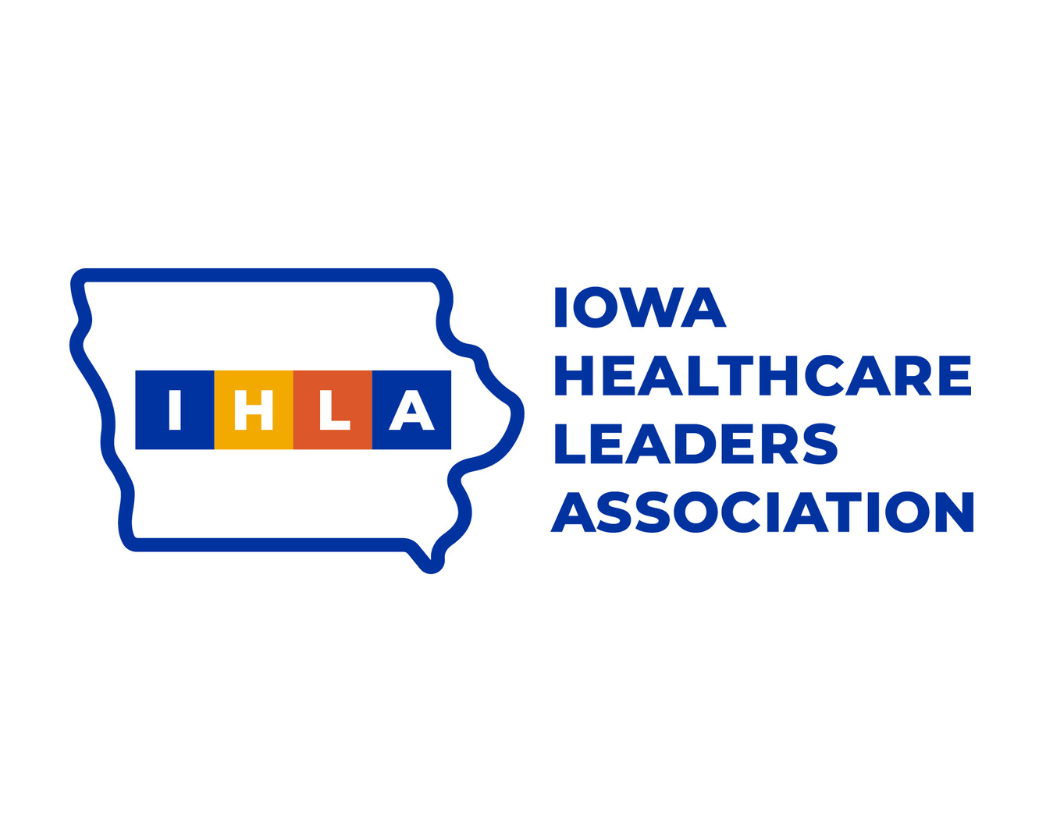Six Ways to Minimize Medical Liability Risk
By COPIC’s Patient Safety and Risk Management Department
When it comes to medical liability risks, you can never overemphasize prevention. The best way to avoid adverse outcomes is implementing measures that prevent them from happening in the first place. Read on for a list of six ways to be proactive and minimize your liability.
1. Err on the Side of Over-communication with Patients
A common culprit of adverse outcomes can be insufficient communication. For example, some medical liability lawsuits allege that significant incidental findings never got communicated to patients. Always make sure to directly communicate to patients the results of any image or test, as well as any recommended follow-up. Take the time to determine the patient’s expectations and desired outcome, summarize the conversation, and assess the patient’s understanding. In addition, make sure to conduct those conversations yourself, instead of assuming that the discharge nurse or another staffer will do it.
2. Ensure Effective Patient Handoffs
To avoid miscommunication in patient handoffs, adopt two critical habits. First, if you come across anything notable in an examination or test, make sure to assume the responsibility for telling the patient’s care team and the next provider to see the person, as well as any personnel responsible for discharge (if it’s at a hospital). In addition, make sure your EHR system enables notifications for any abnormal findings, so that every member of a patient’s care team will receive an alert when opening the patient’s medical record.
3. Appropriately Supervise Advanced Practice Providers (APPs)
Physicians should understand supervisory requirements, such as what qualifications need to be reviewed and how often, as well as what documentation needs to be in place. One recommendation is to create a specific list for which treatments and procedures require direct oversight and which don’t. It’s important to review this list on a regular basis, making sure to include and account for new technology and medical advances. And since state licensing boards for APPs dictate rules and regulations for compliance, make sure to stay apprised of your state's policies.
4. Thoroughly Document Patient Communication in the Medical Record
When you’re busy and moving from one interaction to the next, making the time to note everything important is one of the biggest challenges of modern medicine. In the effort to keep up, it’s easy to forget to include one of the most crucial pieces of any case: the why. Not only do you need to capture what you recommended, said, or did, but you also need to document why you recommended, said, or did it. Always remember to include your thought process when you’re updating a patient's medical record.
5. Use Best Practices for Dealing with Non-adherent Patients
When patients seem resistant to following your advice, try to find out where they’re coming from in a curious, non-judgmental way. Do they not understand the reason for what you’re recommending? Have they heard bad things about it? The more you can understand, the better chance you have of influencing their thought process and their likelihood of being proactive about their health. Since nonadherence can open you up to liability in certain cases, also make sure to take these steps to protect yourself: Note in the medical chart whenever you discuss a recommended action or treatment, why you recommended it, and any objections that the patient voiced (do this whether you’re communicating via phone or in-person). In the case of a test result that triggers a treatment recommendation or further action, explain the risk of not following through. If a patient decides against the recommended course of action in spite of that risk, consider using an “against-medical-advice-informed refusal” form to document that a patient has arrived at a decision after thorough discussion, no coercion, and a full understanding of the risks and benefits.
6. Make Sure Your Electronic Health Record (EHR) Tells a Story
All too often, EHRs—with their series of click boxes and drop-down menus—provide a fragmented account of a patient’s treatment and medical status, as opposed to a clear, summarized story. Before EHRs, healthcare professionals would dictate a summary of the patient’s story and what they were thinking to share with a colleague. Now, you have to make sure that’s coming through in the boxes and drop-down selections of whichever EHR you use. Make relevant notes wherever there’s a comment box and review each record to make sure the most important information is clear. In addition, be judicious when using “copy” and/or “paste” and carefully edit and remove irrelevant or unintended content.


















